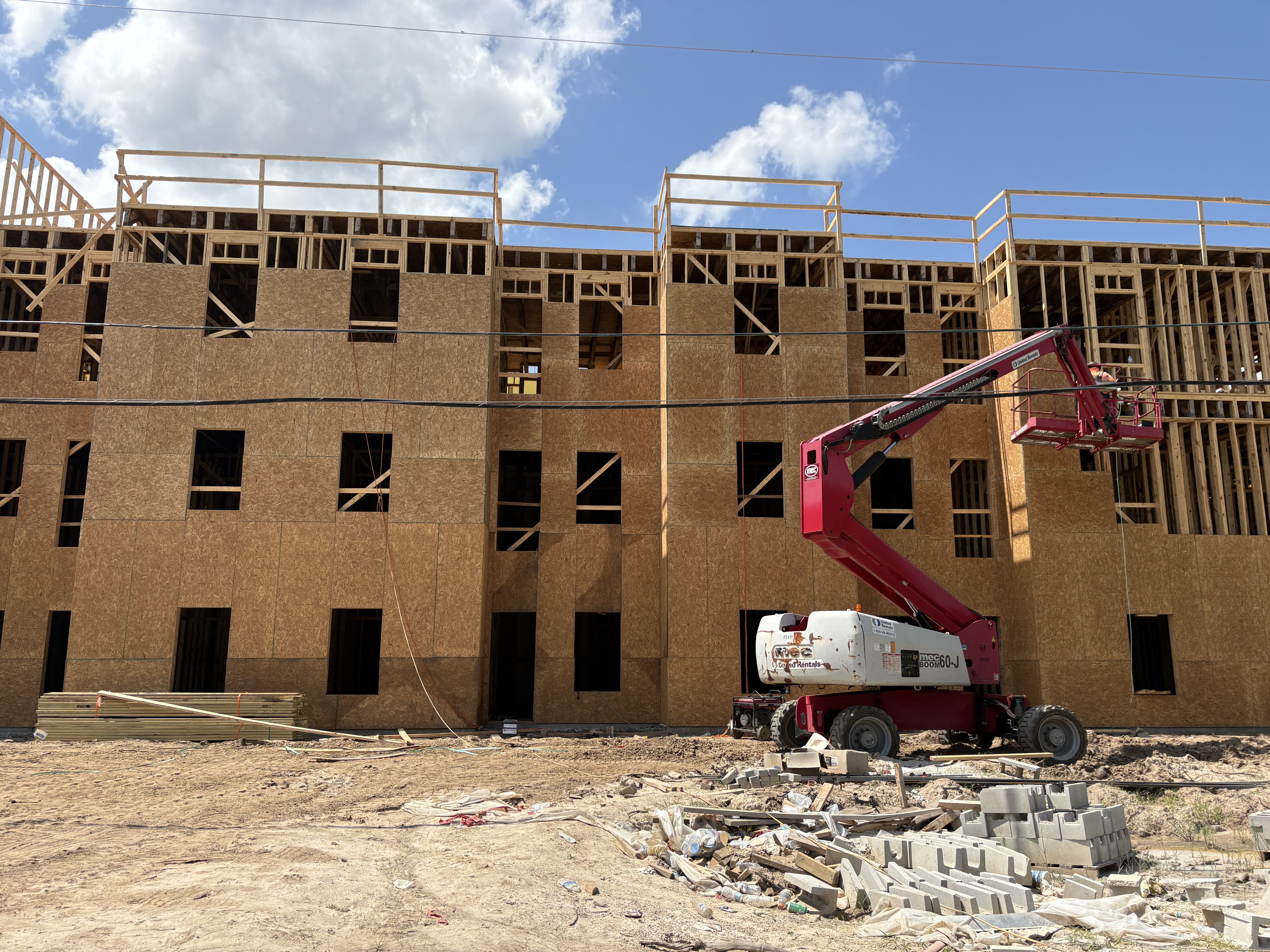Suwannee County Extension Update – Walkology
Published 3:58 pm Monday, August 31, 2015

- Cathy Rogers
Walking is one of the most useful ways to incorporate exercise into your life. It’s easy, requires no extra equipment other than a well-fitting pair of shoes. In generations past, people walked to work or school and home again, they walked to the store, they took more steps doing chores on the farm or at home, and to visit neighbors and friends. In rural communities, most folks drive everywhere, even next door! These days we have to actually try hard to add extra steps to our day, often on a treadmill or climber, in order to walk enough to maintain minimal levels of fitness. The American Heart Association recommends 10,000 steps per day for good heart health. That is equal to five miles! Teachers and nurses generally have little problem getting that many steps but most of us struggle with it.
Trending
If you are not walking as much as you would like, try these tips for making the most of your steps:
Wear a pedometer – Formost people, wearing a pedometer and keeping track of daily steps is a motivator – after all, you are only competing with yourself (unless you want to challenge someone else). I have seen these devices change people’s lives! Seriously, once they begin to keep track, whether on a fancy pedometer or a simple one, they become aware of doing something easy to improve their health. Then they continue to make other small changes, finding themselves losing weight and getting healthier just by moving in that direction. One caution I have is to forget about trying too hard to set the pedometer to your stride. That process is often confusing and frustrating. Even if the stride is not set for you, comparing today’s number of steps with yesterday’s number, is still comparing “apples to apples”.
Swing your arms – Whether they are bent at the elbow or straight at your sides, swinging your arms can help you burn up to 25% more calories! A brisk walk with arms moving powerfully will, of course, use the most energy but just swinging your arms moderately at your sides can improve your energy expenditure by at least 10%.
Walk for time, not speed – If you want to burn fat consistently over the long haul, walk as long as you can at your most comfortable, natural pace. Jogging or running from Point A to Point B will get you there faster but surprisingly, will burn nearly the same number of calories. Also, fewer injuries result from walking than from running. Best of all, when you enjoy your walk, you will look forward to it and over time you will most likely improve your health more.
Walk after meals – Creating a habit of eating right after each meal, even if it is just for a few minutes, will help you in several ways: First, you will focus on something besides food, begin a mindset of activity, rather than inactivity, and walking will help your digestion, relieve the after-meal bloating, and burn a few dozen extra calories per meal. You will train your metabolism to stay high and be more alert. Walk after EVERY meal.
Breathe – The more oxygen you breathe, the more fat you burn! A brisk walk will help you to take in more of it, making your body more efficient at using the energy that comes from calories. Look for opportunities to get that heart-rate up so you will breathe more deeply and take in more oxygen.
Trending
I hope these tips inspire you to Improve your health – Walk smarter, not harder!
UF/IFAS Extension is an Equal Opportunity Institution.





